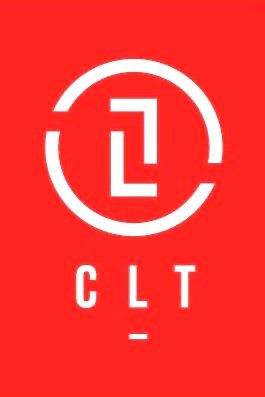What are strengths?
CliftonStrengths, formerly StrengthFinder, is an assessment that takes about 30 minutes or so to complete. The results of that assessment produce a report that is unique to you. This report gives you either your top 5 talent themes, or your full 34, depending upon which report you choose. I recommend the full 34 report as it is much more powerful to know where all of the talent themes land for you.
Are You a Credible Agile Leader? Not if you Enable Excuses.
Coaching "Up" - New ScrumMaster techniques
A common theme we hear among newly minted Certified ScrumMasters (CSMs) is their surprise that “coaching up” in the organization is part of their job. The official Scrum Guide (https://scrumguides.org/) is clear that the Scrum Master is a servant leader not only to the Development Team and Product Owner but also to the Organization.
What follows is usually the CSM gulping, nervously shifting their gaze or sighing. When we ask them what’s wrong, they say things like “But I don’t know how to talk to a CIO, CEO, VP (fill in the executive blank).” “They won’t listen to me, I’m supposed to be neutral.”
The fact that the Scrum Master is neutral makes them the perfect person to talk to the organization’s leaders about the use of Scrum or Agile as a way to do work. The Scrum Master also escalates impediments to the Scrum Team’s success on their behalf within the organization.
Here are a few tips and reminders that may help:
· Exhibit Courage: One of the Scrum values is Courage. Scrum Masters may need to summon up the courage to have necessary conversations with leaders. Remember the organization’s leaders are people too and why wouldn’t they want to know about something that is impeding a Scrum Team’s ability to deliver value to the organization’s customers?
· Don’t Overuse the Scrummy Language: Scrum is far easier done than said. Leaders may or may not be versed in the vocabulary in the framework. Instead of saying something like - “The Development Team’s impediment to meeting their Sprint Goal is the company process” you could start with a question “If our procurement process is holding up the release of New Product X would you want to know about it?” Any leader vested in the organization’s success is sure to answer “Yes”. Follow with “Here are the details of exactly how that process is preventing our people from delivering that value as we speak.”
· Be Brief in Messaging: A mistake many Scrum Masters make is approaching a leader in the same way they might approach a Development Team Member, a Product Owner or Subject Matter Expert. Depending on the level of leadership, sometimes they need items “bulleted” or rolled up. Come prepared to deliver your message in a few, short statements. If it makes more sense to ask a question as described in the previous tip and adapt accordingly that works also.
Collaborative Leadership Team recently joined forces with Michael Nir on this topic of how to influence when you do not have authority. Michael is a nationally recognized speaker and author who helps people learn how to have these conversations. Listen for Free to tips from Michael on our Ignite AgilityTM podcast.
To check out our upcoming course opportunities, head to our course schedule!
What is a ScrumMaster?
In a recent Certified ScrumMaster (CSM) course, a student new to Scrum was a bit confused by the repeated reference to the ScrumMaster as a “coach”. “What do you mean coaching or when does this coaching happen?” was the question raised.



